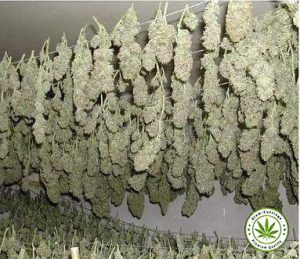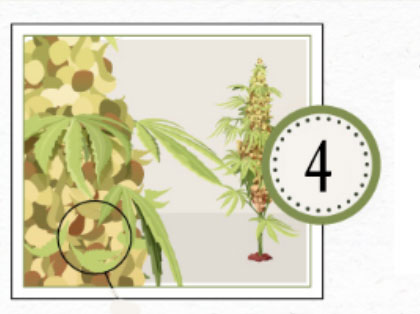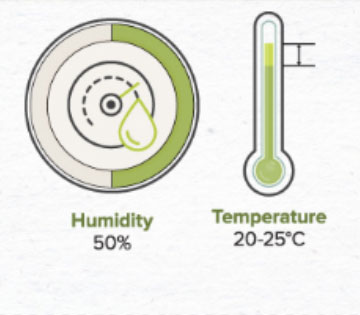General information about the hemp plant
Hemp (Latin cannabis) is a genus of plants within the hemp family.
Hemp is one of the oldest crops on earth.
Cannabis: Marijuana, Weed, Ganja, Dope, Grass, Jane, Smoke, Sinsemilla
Industrial hemp: Hemp, industrial hemp
Cannabis / Marijuana
Both Cannabis sativa and Cannabis indica or the resulting hybrids are used as medicinal hemp. Cultivated hemp is only rarely used in a largely natural (and not intoxicating) form as hemp oil and essential hemp oil.
The dried, usually crushed, resinous flowers and small leaves of the female plant close to the flower are called marijuana. They are consumed in dried form. The extracted resin is also processed into hash or hash oil. Cannabis is the most illicitly consumed drug worldwide. Mainly psychoactive is the cannabinoid THC. THC affects, among other things, the central nervous system of humans. It is primarily responsible for relaxing, sedating and antiemetic effects.
According to the World Drug Report 2019, cannabis is the world’s most used illicit drug with 192 million users. Morocco and Afghanistan were the main countries of cannabis products for export in 2017.
source: https://de.wikipedia.org/wiki/Hanf
Industrial hemp
includes all varieties of hemp (Cannabis genus) that are cultivated for commercial use – apart from its use as an intoxicant or medicinal product. These are mainly varieties of the hemp species Cannabis sativa and its cultivar Cannabis sativa var. sativa. Indian hemp (Cannabis indica), on the other hand, only plays a role as a drug and medicinal plant.
Industrial hemp is mainly grown for the production of hemp fibers. Other products used are hemp shives, hemp seeds (to obtain hemp oil) and hemp flowers and leaves (to produce hemp essential oil). These varieties, grown for fiber and seed use, have a very high fiber content of 30 to 40%, in contrast to those used as intoxicants and medicinally. They also contain very low levels of tetrahydrocannabinol (less than 0.2% THC) and are therefore not suitable for making hash and marijuana.
Hemp plant
Hemp plants belong to the group of unisexual, annual plants that have day-length-dependent flowering and can crossbreed with other plants of the same genus in the wild with the help of the wind. The life cycle of a plant can be between two and ten months. Flowering is initiated by an increasing period of darkness, while the growing season requires high levels of light.
Growth phases
After a short seedling phase of about one to two weeks, a small plant will develop, creating the transition to the actual growth phase. The stem will thicken during this stage and the seedlings will develop into powerful plants within a few weeks. It forms both a strong structure and a large amount of leaves. Once the growth phase is complete, the final phase is initiated. During the flowering phase, buds in particular grow, developing the cannabinoid and terpene profile of each plant. Anyone who decides to grow hemp can grow the plant from cuttings or seeds. Seeds are almost 100 percent female thanks to the feminization technique, making them ideal for producing high-yielding plants. When growing the hemp plants, the use of cuttings is recommended. These usually come from the same mother plant. They therefore have the same hereditary factors and enable uniform growth.
Why is it important to differentiate between male and female plants?
As a unisex annual plant, hemp must reproduce in the wild using wind pollination. However, this is not necessary for the conscious cultivation and breeding of hemp plants. The different characteristics of the two sexes are more important. While female plants exhibit high levels of THC or CBD, male hemp plants do not. These do not produce flowers and contain only a small amount of THC. In addition, they can negatively affect the development of female plants. Accordingly, it is important that male plants are distinguished from female plants.
How do you recognize male and female plants?
Male and female hemp plants can be easily distinguished from each other with a little practice. While female plants tend to look healthy and have lots of branches, male plants tend to grow taller and rarely branch out. Furthermore, a look at the leaf axils can help to determine the sex of a hemp plant. Male plants have small, round balls on the leaf axils.
What should be considered when caring for – fertilizer, water requirements and temperature
Hemp plants need a good climate to grow. This consists of the right temperature and sufficient humidity. When watering, make sure that the soil is moist but not wet. It should therefore only be watered when the soil is only superficially moist and already dry at a depth of one centimetre. Since the roots need a lot of oxygen, the pots used should have drainage holes to prevent waterlogging. The water temperature is also important. Ideally, it should be between 18 and 24 degrees. Since hemp plants need a lot of nutrients, especially during the growth phase, fertilizers with phosphorus, potassium and nitrogen are often used to ensure the supply of the important nutrients.
Location
There are two different ways to grow hemp plants. On the one hand, the plants can be grown indoors and illuminated artificially. Fluorescent tubes, metal halogen lamps and sodium vapor lamps are used for this, the LED lamps are new. This ensures the required lighting of around 18 hours a day, especially during the growth phase. However, the plants can also thrive outdoors, in the garden or on the balcony. Choosing the right location is crucial for this. This should be chosen so that the plant is exposed to sunlight all day long during the growth phase. Due to the climatic conditions, it is advisable to only put the hemp plants outdoors towards the end of April to mid-May, as cold nights could otherwise damage the plants. If there are particularly hot and dry periods during the growth phase, the plants must be watered by hand to ensure the required humidity.
Cannabis plants legal in Thailand?
Yes it is, at least in Thailand. You can flower hemp plants, and you can buy and own them. And that’s a good thing, after all, a hemp plant has a lot to offer – and it’s also beautiful to look at. Sun-ripened hemp plants are available in our shop in various sizes and they are delivered directly to your home, neutrally packaged, of course. What could you do with your hemp plants?
Grow your own organic CANNABIS in just 4 steps
Cuttings
Use a female healthy organic cannabis cutting.
The growth phase can begin from a size of approx. 10cm-15cm.
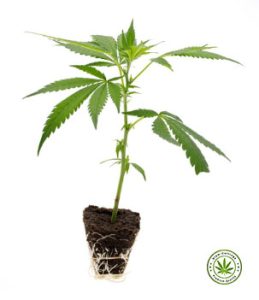
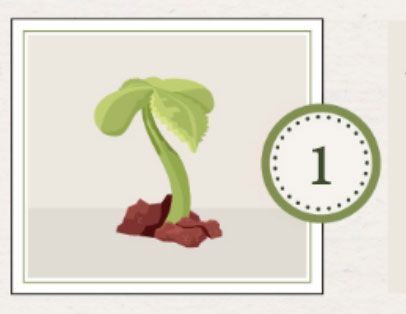

Growth phase
Plants need flowing dry air, fresh warm water and more nutrients – especially nitrogen. Let the plants grow for 2-8 weeks.

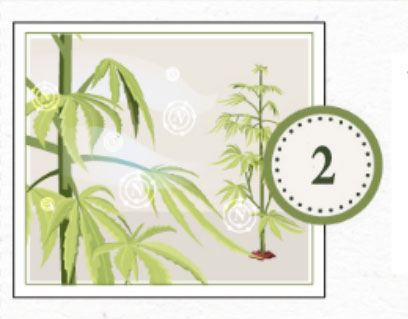
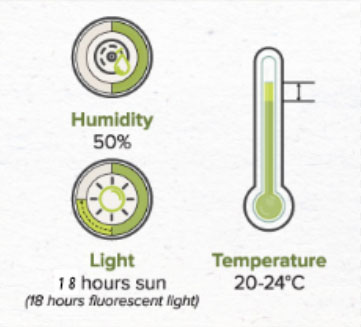
Flowering phase
Gradually reduce exposure to light. Increase phosphorus and decrease nitrogen. After about 8 weeks (depending on the variety) the cannabis is ready.
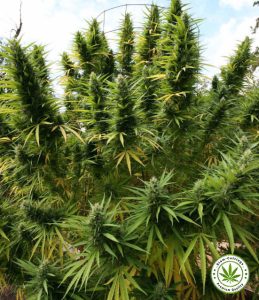
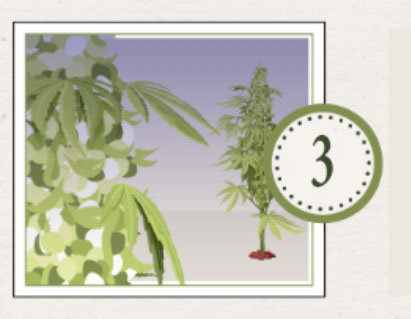
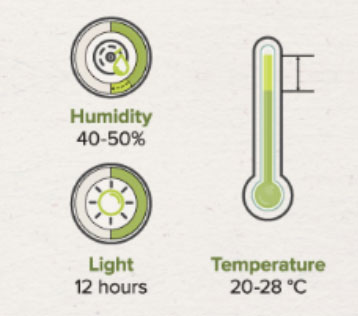
Harvest and drying
Cut and dry the buds. The plant is mature when the buds turn from milky white to reddish-orange. Harvest when 70-90% of the pistils are brown. Drying time about 10-30 days.
